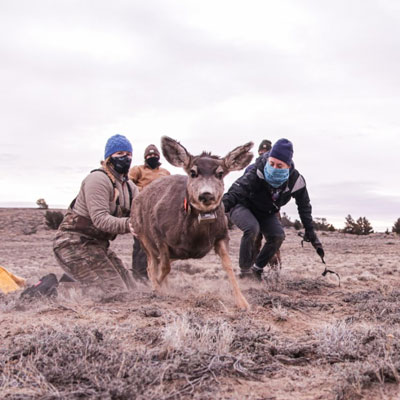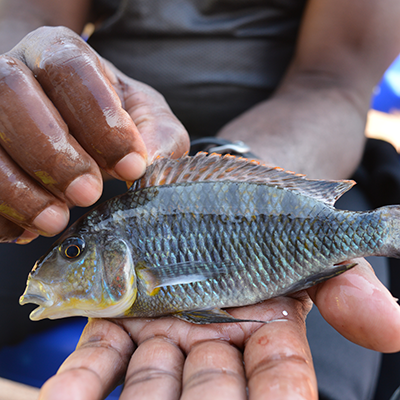Christine Bell - Investigating the Status of Declining Bumble Bees in Wyoming
Christine Bell
The Richard Baldes Native American Excellence Fund in Biodiversity Conservation Awardee
Program in Ecology / Wyoming Natural Diversity Database
Graduate Advisor: Lusha M Tronstad
Several bumble bee species across North America have experienced drastic population declines in the last few decades, including the Western Bumble Bee, Bombus occidentalis, Suckley’s Cuckoo Bumble Bee, B. suckleyi, and the American Bumble Bee, B.pensylvanicus that occur in Wyoming (Cameron et al., 2011).This is particularly disturbing considering bumble bees are highly efficient generalist pollinators that provide vital ecosystem services to agricultural crops and wild habitats, including plants that wildlife feed on. Their decline was so pronounced that they were petitioned for listing under the US Endangered Species Act (ESA) in 2015 (the Western Bumble Bee; Defenders of Wildlife 2015), 2020 (Suckley’s Cuckoo Bumble Bee; Center for Biological Diversity 2020), and 2021 (the American Bumble Bee; Center for Biological Diversity 2021). All three species received a substantial 90-day finding meaning that the US Fish and Wildlife Service will review the species in detail to decide whether or not to protect them. Bumble bee declines may be due to habitat degradation and fragmentation, pesticide application, and perhaps most notably, introduction of non-native diseases from commercial colonies used primarily for greenhouse pollination (Goulson et al., 2015).We have sampled in most regions of Wyoming during the past 4 years, but we have no current or historical data regarding the status of these bees on the Wind River Reservation. Perhaps most concerning of all, we have not observed any B. suckleyi during the last decade.
Our Proposed Research: The Northern Arapaho tribe has approached the Wyoming Natural Diversity Database (WYNDD) about conducting a biodiversity assessment on the Arapaho Ranch. We propose to sample pollinators at the Arapaho Ranch in partnership with WYNDD and the Northern Arapaho Tribe to assess the status of bumble bee populations and to understand why some may be declining.Specifically, our questions are 1.) Do B. occidentalis, B. suckleyi, and B. pensylvanicus occur on the Arapaho Ranch?, and 2) What is the diversity of bees and bumble bees on the Arapaho Ranch. The questions addressed will provide ranch managers with information about the biodiversity of pollinators on the ranch as well as supplying more information about the status and distribution of B. occidentalis, B. suckleyi, and B. pensylvanicus in Wyoming and across their range.
Share This Page

Research Highlights




